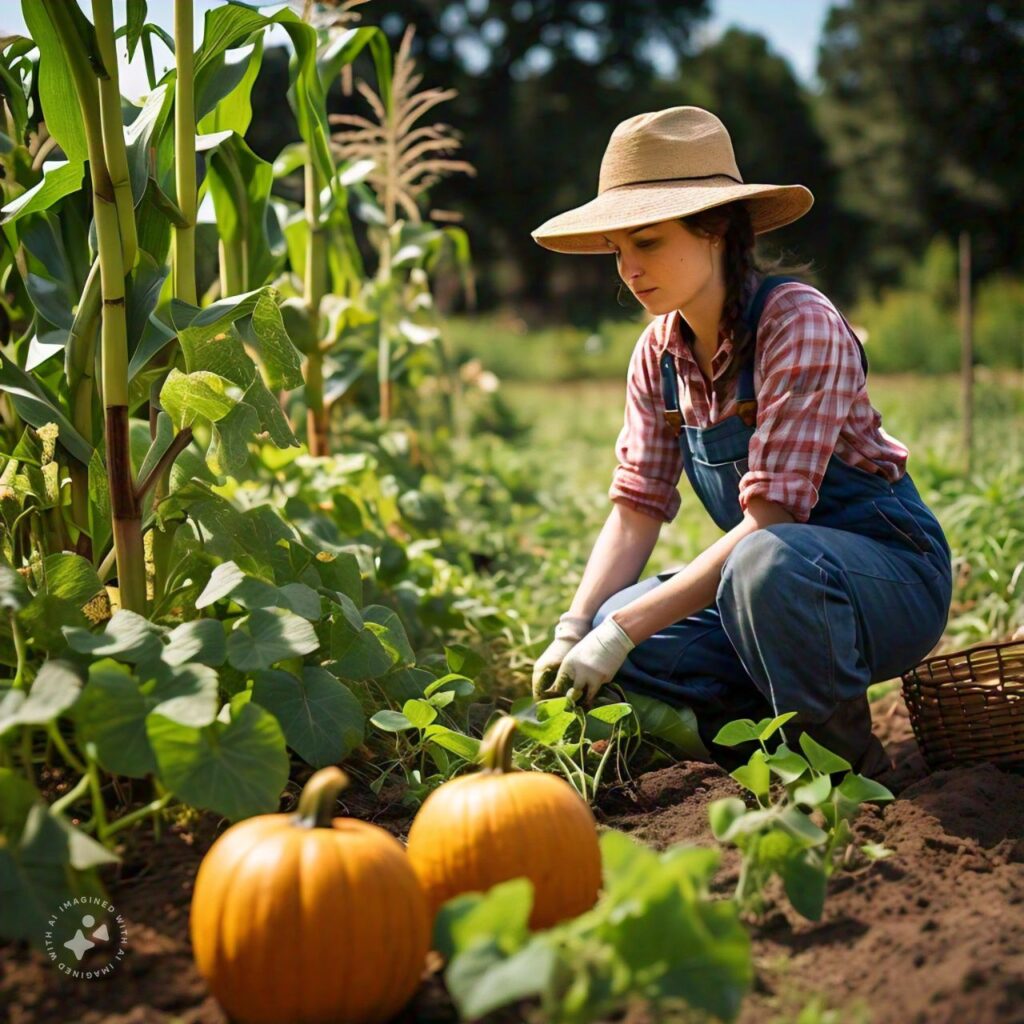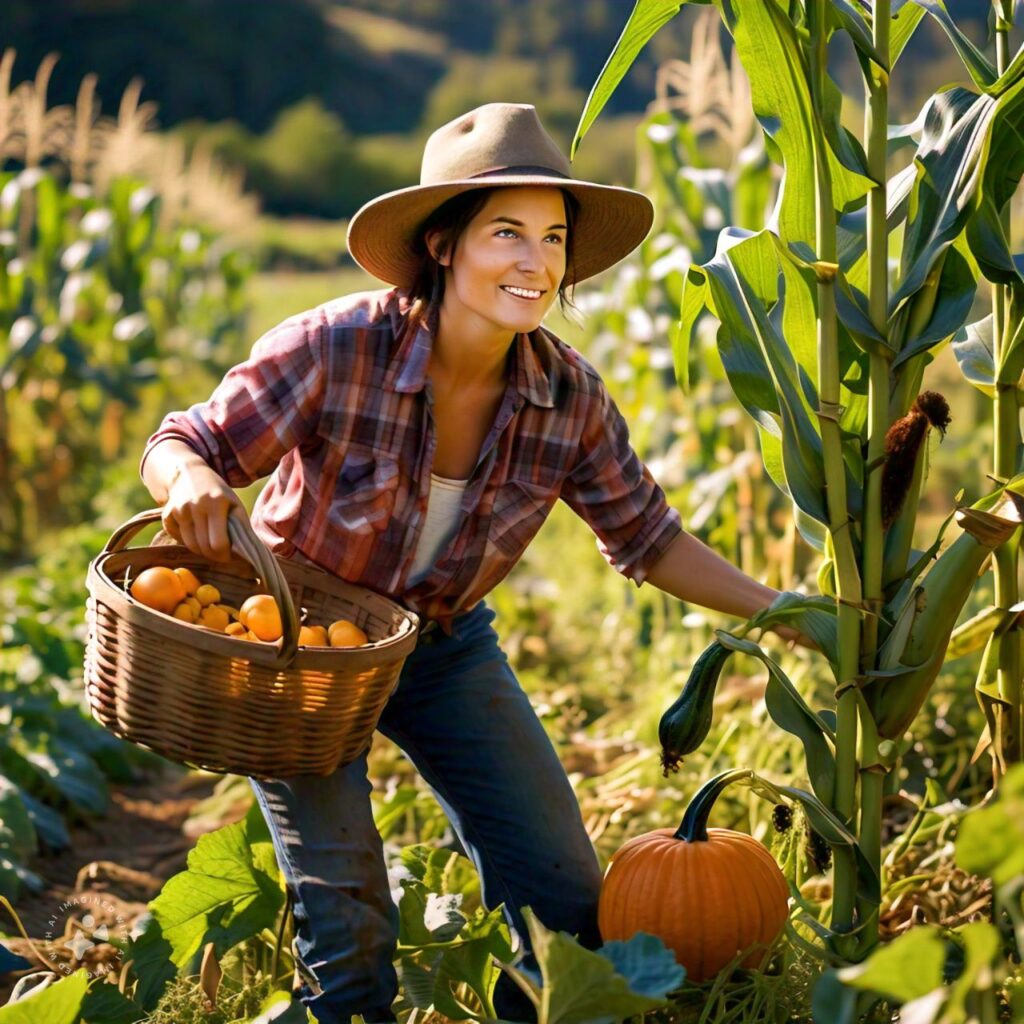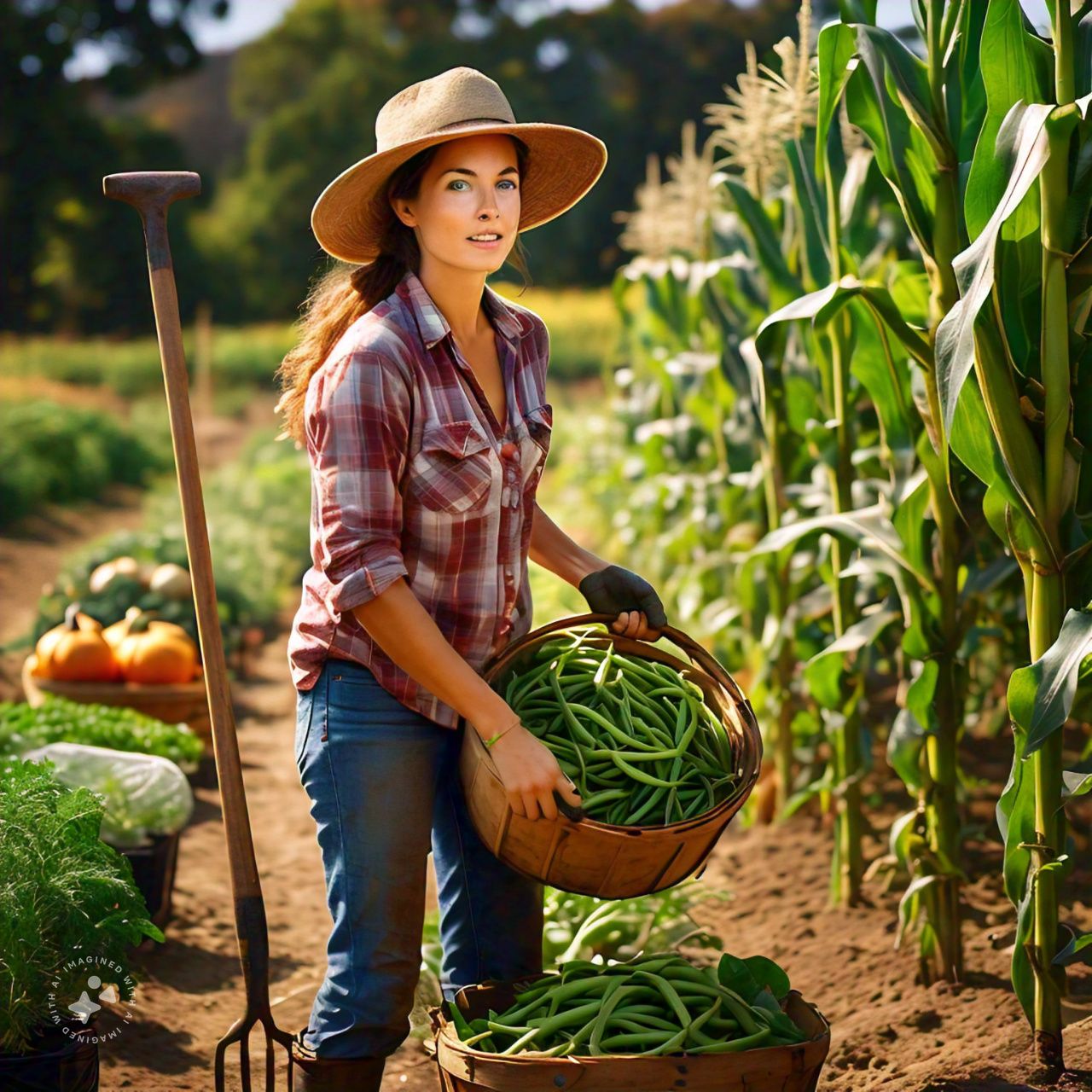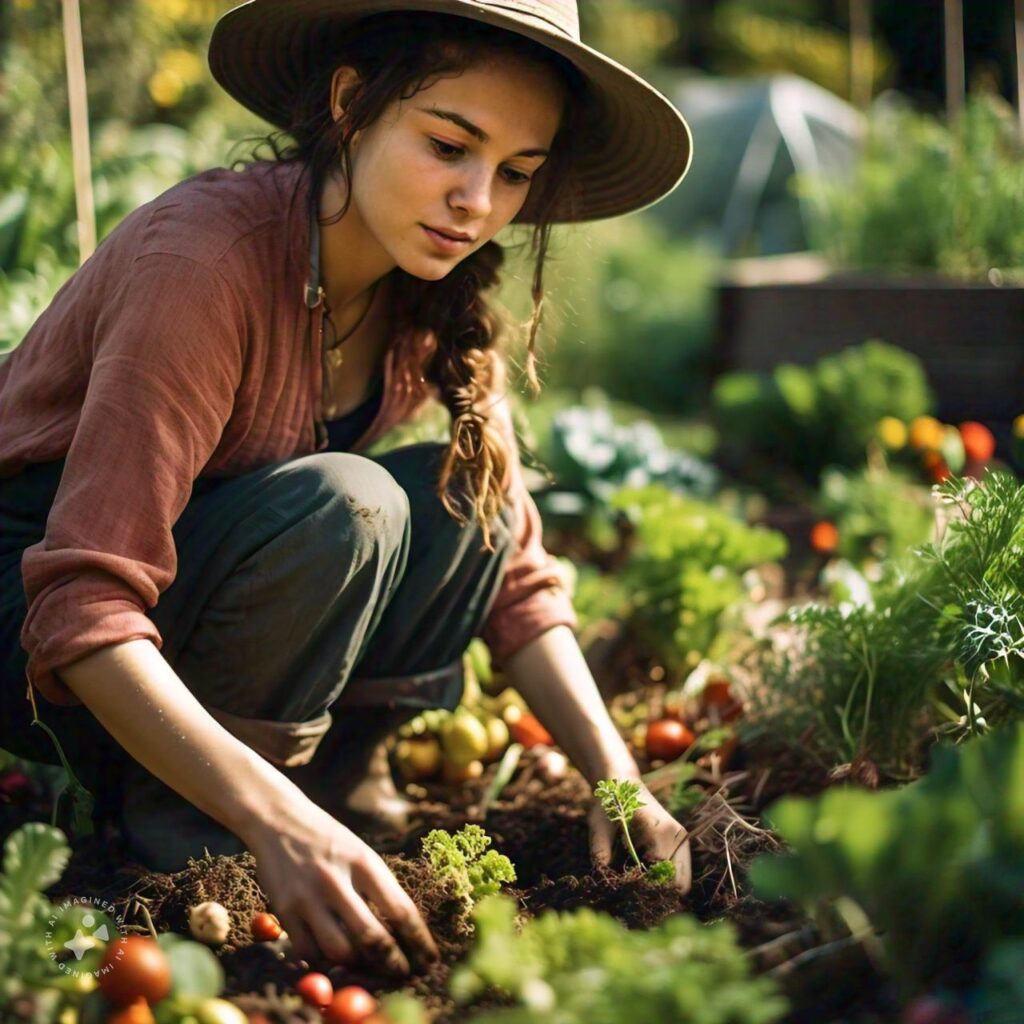The Three Sisters Farming is a time-honored agricultural system rooted in Indigenous wisdom, most notably practiced by Native American tribes. This method centers around the cultivation of three primary crops: corn, beans, and squash. These crops were not chosen randomly but for their complementary growth patterns, which work together to enrich the soil and support a sustainable and bountiful harvest. The synergy between these plants reflects not just an innovative agricultural practice but also a deep understanding of ecology.
In this article, we explore the intricate relationship between these three crops, how the method works, its history, and its relevance to modern-day sustainable farming.
What Is the Three Sisters Farming Method?
The Three Sisters Farming method is based on companion planting, a technique where different plants are grown close together to benefit each other. In the case of the Three Sisters, each plant provides something crucial for the others to thrive:
- Corn acts as the central support, allowing the beans to climb its sturdy stalks.
- Beans fix nitrogen in the soil, an essential nutrient that corn and squash require for healthy growth.
- Squash spreads across the ground, offering shade that suppresses weed growth and retains soil moisture.
Together, these crops create a self-sustaining ecosystem, reducing the need for external inputs such as synthetic fertilizers or pest control.
The Role of Each Sister
1. Corn
Corn, the tallest of the three plants, serves as a natural trellis for the beans to climb. This structure eliminates the need for artificial support systems, and in return, the beans enrich the soil, providing nutrients that corn often depletes. The tall stalks also help create a microclimate that shields the other plants from excessive wind or heat.
2. Beans
Beans are the unsung heroes of this trio. As legumes, they possess a unique ability to fix nitrogen from the atmosphere into the soil through their root systems. This nitrogen is critical for the growth of both corn and squash. Without beans, the soil would become nutrient-poor, leading to decreased crop yields. The climbing nature of beans also makes efficient use of vertical space, maximizing the productivity of a small plot of land.
3. Squash
Squash is the ground cover of the system. Its large, broad leaves spread out across the ground, providing several benefits. First, they act as a natural mulch, preventing the growth of weeds that would otherwise compete for nutrients and water. Secondly, the shade created by the squash leaves helps to retain moisture in the soil, reducing the need for frequent irrigation. Squash also serves as a natural deterrent to pests due to the prickly stems and leaves that protect the more vulnerable corn and beans.

Historical Roots of the Three Sisters Farming Method
The origins of the Three Sisters farming system can be traced back to Indigenous communities in North America, particularly the Iroquois (Haudenosaunee) people. They believed that these plants were gifts from the earth, to be grown together as sisters who would sustain their people. The method has been passed down through generations, becoming a vital component of Indigenous agricultural knowledge.
Historically, the Three Sisters provided a nutritionally complete diet, as corn offered carbohydrates, beans provided protein, and squash delivered essential vitamins and minerals. This balanced combination sustained populations and enabled them to thrive, even in environments with varying climates and soil conditions.
The Three Sisters farming technique was so effective that it became widespread across the continent, from the Northeast to the Southwest. Today, many Indigenous communities continue to practice this method, not only for its practical benefits but also as a way to honor their cultural heritage and connection to the land.
Benefits of the Three Sisters Farming Method
The Three Sisters Farming Method has numerous benefits that make it a viable solution for today’s agricultural challenges, including sustainability, food security, and environmental health.
1. Soil Fertility and Health
One of the most significant advantages of this method is its ability to enhance soil fertility. The beans naturally replenish nitrogen levels in the soil, reducing the need for chemical fertilizers that can harm the environment. In turn, this creates a healthier growing environment for future planting cycles.
2. Maximization of Space
The vertical integration of crops like beans climbing the corn stalks and squash spreading out as a ground cover allows for efficient use of land. This makes the Three Sisters system an excellent option for farmers with limited space or those practicing urban agriculture.
3. Pest Control and Weed Suppression
The natural interactions between the plants in the Three Sisters system help reduce the need for external pest control and weed management. The squash’s wide leaves block out sunlight that weeds need to grow, while the prickly nature of the squash plant deters certain pests. Together, these features lead to healthier crops with fewer interventions.
4. Water Conservation
The shade provided by the squash leaves reduces evaporation, helping to conserve water in the soil. This is particularly beneficial in arid climates or during periods of drought. Additionally, the interconnected root systems of these plants help to retain soil moisture.
How to Implement the Three Sisters Farming Method
If you’re interested in adopting the Three Sisters Farming Method in your garden or farm, here’s how you can start:
1. Preparation of the Soil
Begin by preparing the soil. As with any planting system, the foundation is key to success. Loosen the soil and ensure it is well-drained. Because beans naturally fix nitrogen, you won’t need to add nitrogen-rich fertilizers, but compost or organic matter will help boost initial fertility.
2. Planting Corn
Start by planting corn in mounds or rows. The corn should be planted first, as it needs time to grow tall enough to support the beans. Space the corn seeds about a foot apart in each mound or row.
3. Adding Beans
Once the corn reaches about six inches in height, it’s time to plant the beans. Plant the beans around the corn stalks, allowing enough space for the bean vines to climb the stalks without overcrowding.
4. Planting Squash
Finally, plant the squash seeds around the base of the corn and beans. The squash will spread across the ground, forming a living mulch that suppresses weeds and helps conserve moisture in the soil.
5. Maintenance
While the Three Sisters system is relatively low-maintenance, it’s essential to monitor the crops for signs of stress or pest infestations. Water the plants regularly, especially during dry periods, and ensure that the corn stalks are sturdy enough to support the climbing beans.

The Three Sisters Farming in Modern Agriculture
Today, many farmers and gardeners are returning to the Three Sisters Farming Method as part of a broader movement toward sustainable and organic farming practices. As modern agriculture faces challenges like soil degradation, loss of biodiversity, and water scarcity, this ancient technique offers a simple yet effective solution.
By mimicking natural ecosystems, the Three Sisters method creates a resilient and productive environment that minimizes the need for external inputs. In this way, it provides a model for sustainable farming that not only benefits the environment but also produces healthy, nutrient-rich food.
Conclusion
The Three Sisters Farming Method is a timeless agricultural practice that offers valuable lessons for today’s farmers and gardeners. Its holistic approach to soil health, crop diversity, and sustainable resource management makes it an ideal system for those looking to reduce their environmental footprint while maximizing crop yields. By embracing this ancient technique, we can cultivate a more resilient and sustainable future for agriculture.




Tired of trying everything? Stop wasting your time. This morning hack is helping people lose weight without crazy diets. Youll start seeing results by just following this easy trick. Want to lose weight fast? Tap now to find out the secret. https://sites.google.com/view/mystory12?Eruple
RoEruple